Future fears as one in six primary kids don’t play an Olympic sport
Apart from soccer and swimming, hardly any kids are currently playing Olympic sports – and the reason could mean bad news for future gold medal bids for Australia
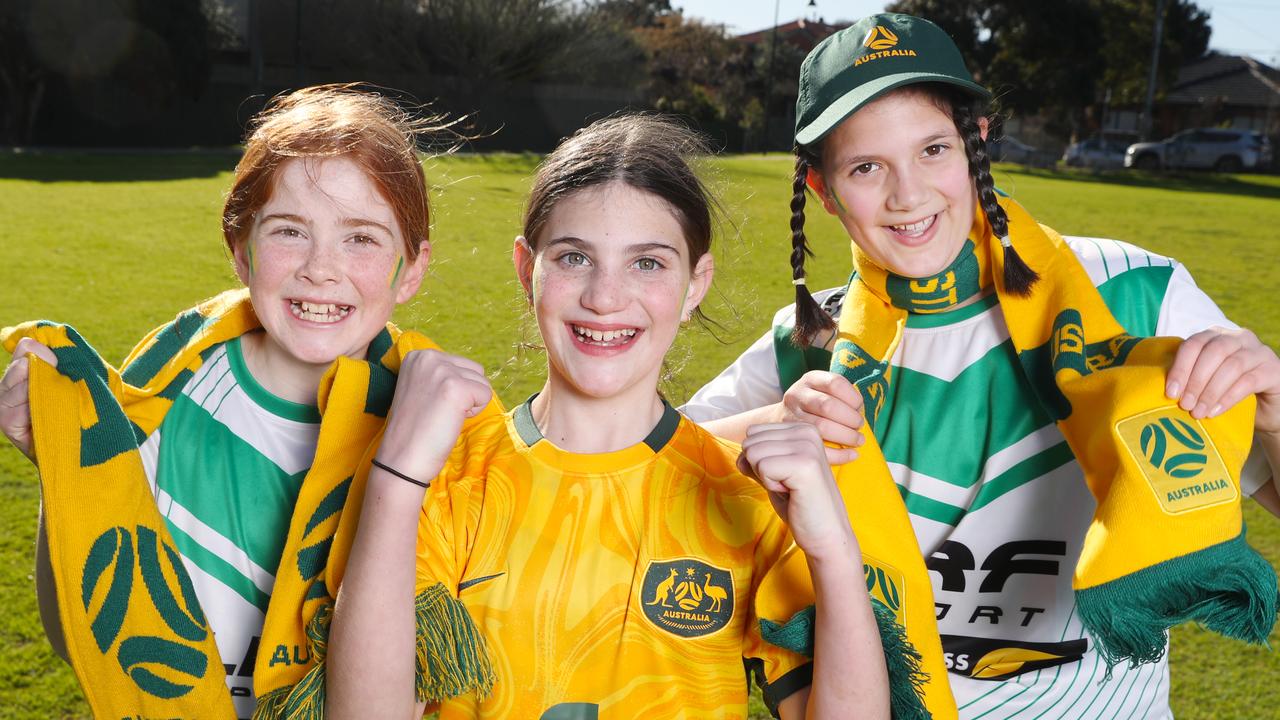
READING LEVEL: GREEN
It’s a case of no food, no fuel and no fees for the nation’s future Olympians.
Kids have found themselves priced out* of the Olympic dream as cost-of-living pressures* mean families can’t afford to pay for expensive sports programs or canteen lunches.
A survey of 1000 parents shows one in three primary school kids across the country dream of being an Olympian but almost half can’t do as much sport as they wanted because their families can’t afford it.
Over 85 per cent said their children would play more sports if the equipment was cheaper.
The research, funded by French sporting retailer* Decathlon, also found that 42.7 per cent of NSW kids swim regularly or do another aquatic sport and 31 per cent play soccer. But less than 5 per cent had taken up other Olympic sports such as archery, skateboarding, table tennis, judo, golf, hockey, volleyball, canoeing and sport climbing.
One in six kids don’t regularly play any Olympic sports at all.
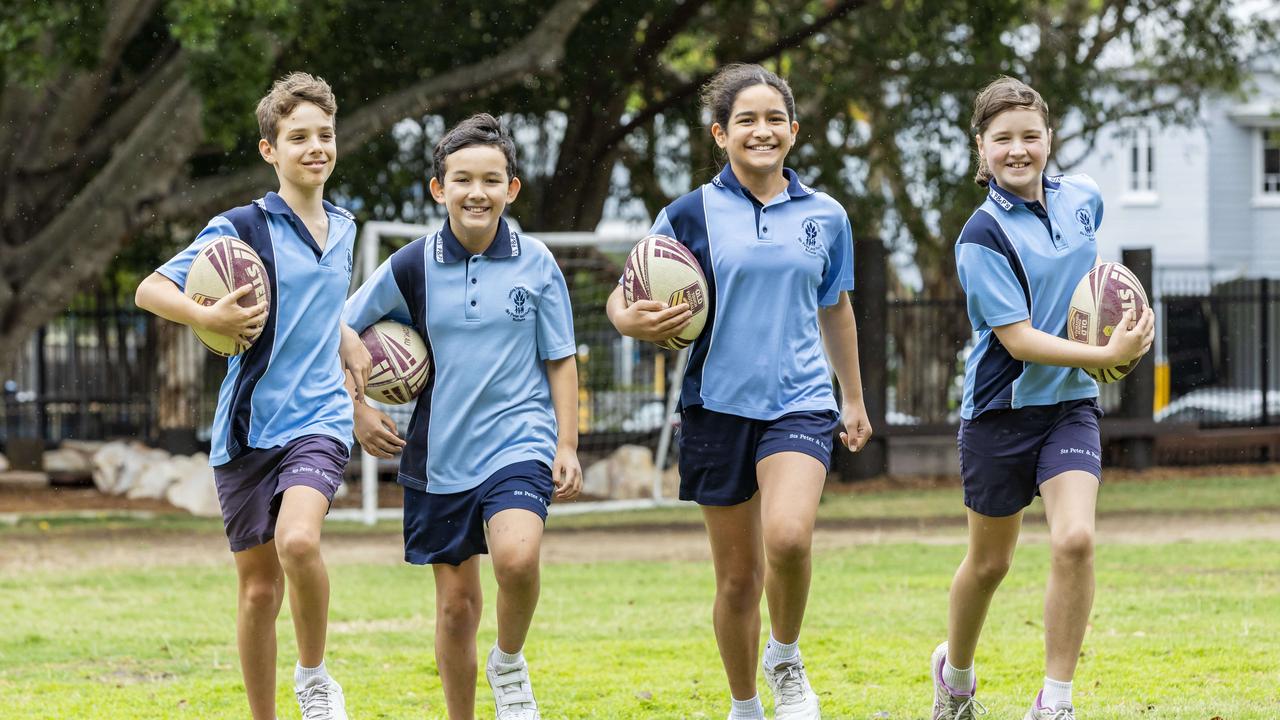
The news comes as a recent survey shows one in four families are also struggling to afford canteen lunches.
The Smith Family survey of more than 1000 Australian parents found 26 per cent either struggle to pay for, or can’t afford, school lunches. Other school costs were also hard to afford, with one in three struggling to pay for uniforms, bags and shoes, with camps and excursions too expensive for 39 per cent of the families surveyed.
Almost half were finding the cost of extra-curricular* activities like music lessons, sport and coaching difficult or impossible to afford.
Sydney sports psychologist* Alan Hely said getting kids from all financial backgrounds* into organised sport was the best way to secure the country’s next generation of Olympic champions.
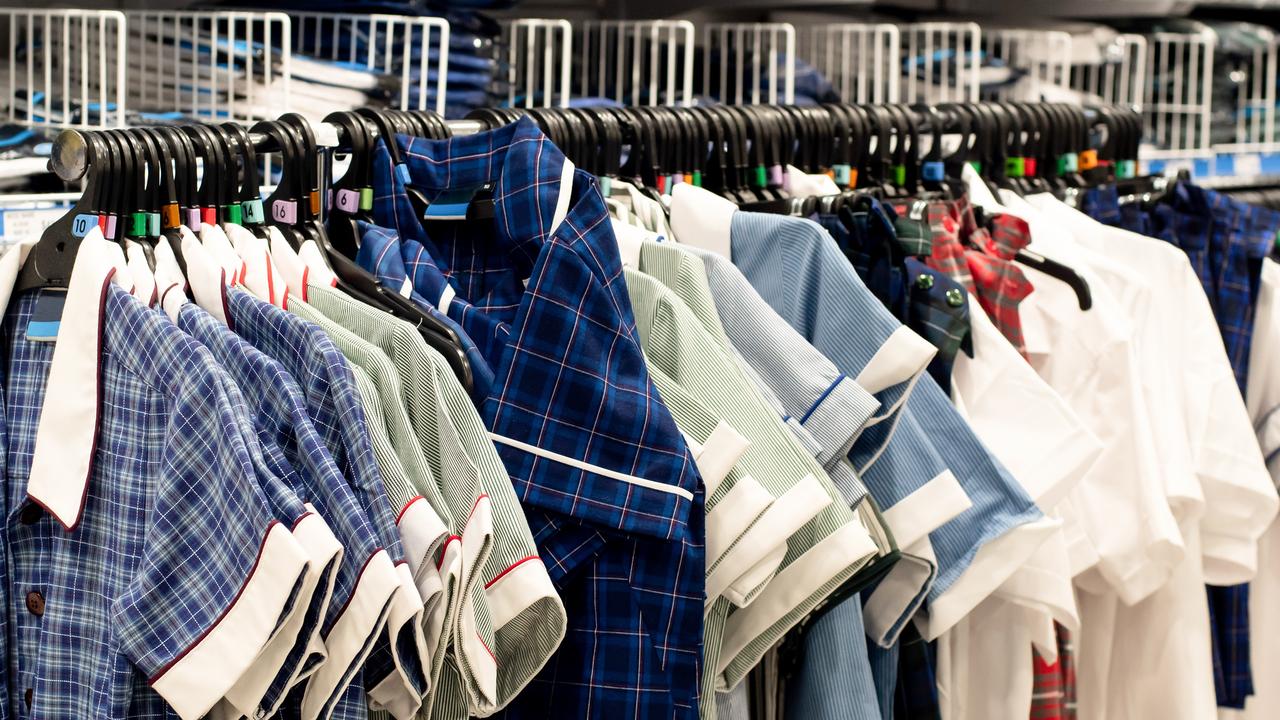
“I think our pipeline* (relies on) opening up as many sports as possible as early as possible – we’ve got so many examples of that, like the Matildas … they’ve all been playing since the age of five or six,” he said.
“Participation has got a lot to do with our culture and our emphasis on the traditional sports such as football and cricket, and there’s limited access to the other sports.”
One season of Little Athletics costs more than $200 in parts of Sydney, while a single session of archery is between $35 and $56.
Volleyball NSW Chief Operating Officer and former Volleyroo Rebecca Walter said costs could be a significant barrier.
“Sports often become a luxury* that families cut first,” she said.
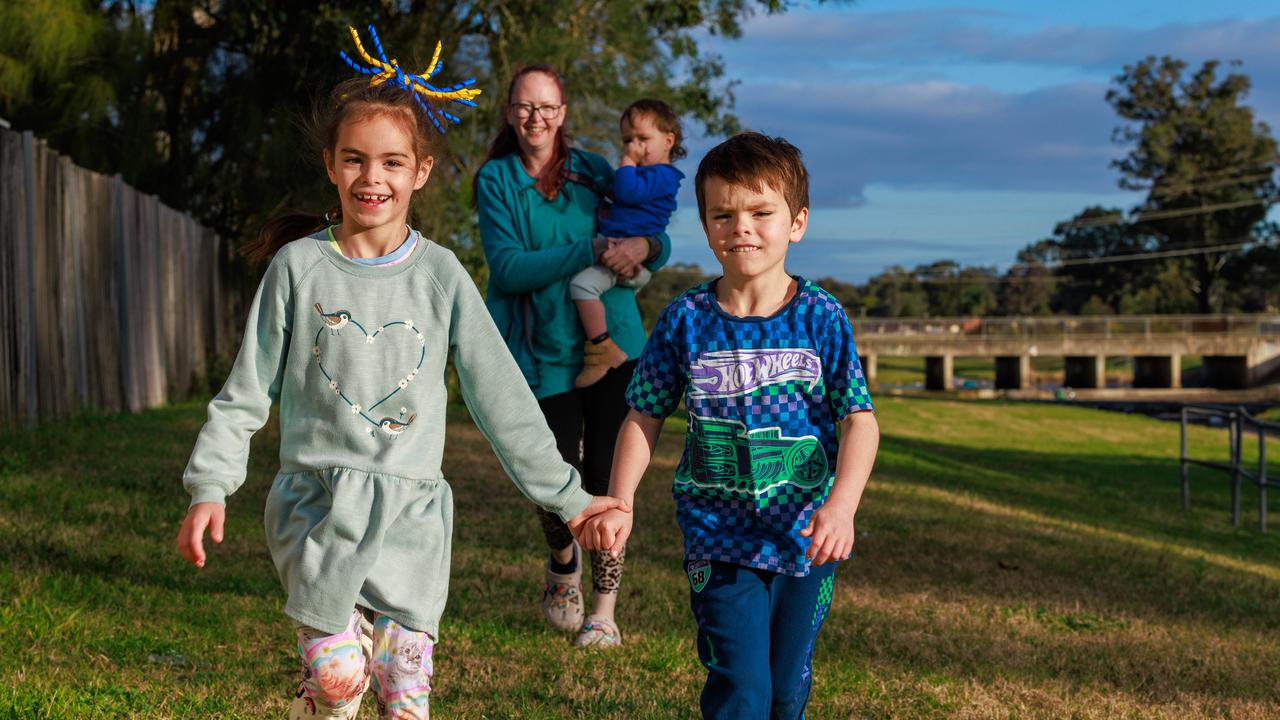
Mum of three Kate Sohl said rising rents, electricity bills and grocery bills have made it tough to afford even basic school costs.
Her kids, seven-year old Anika and six-year-old RJ, are supported by a Smith Family scholarship – a portion of which Kate sets aside for a trip to the canteen once a fortnight.
$20 buys the kids a fruit cup or yoghurt at recess and a “graze and go” plate of fruit, veg and dips at lunch.
“I do packed lunches the rest of the time and I’ve sought community help with free food,” Ms Sohl said.
“I used to be able to spend 100-and-something dollars on food and that would be a full week’s worth – now we have to spend close to $300. That’s just for meat and essentials, and I have to source out free fruit and veg.”
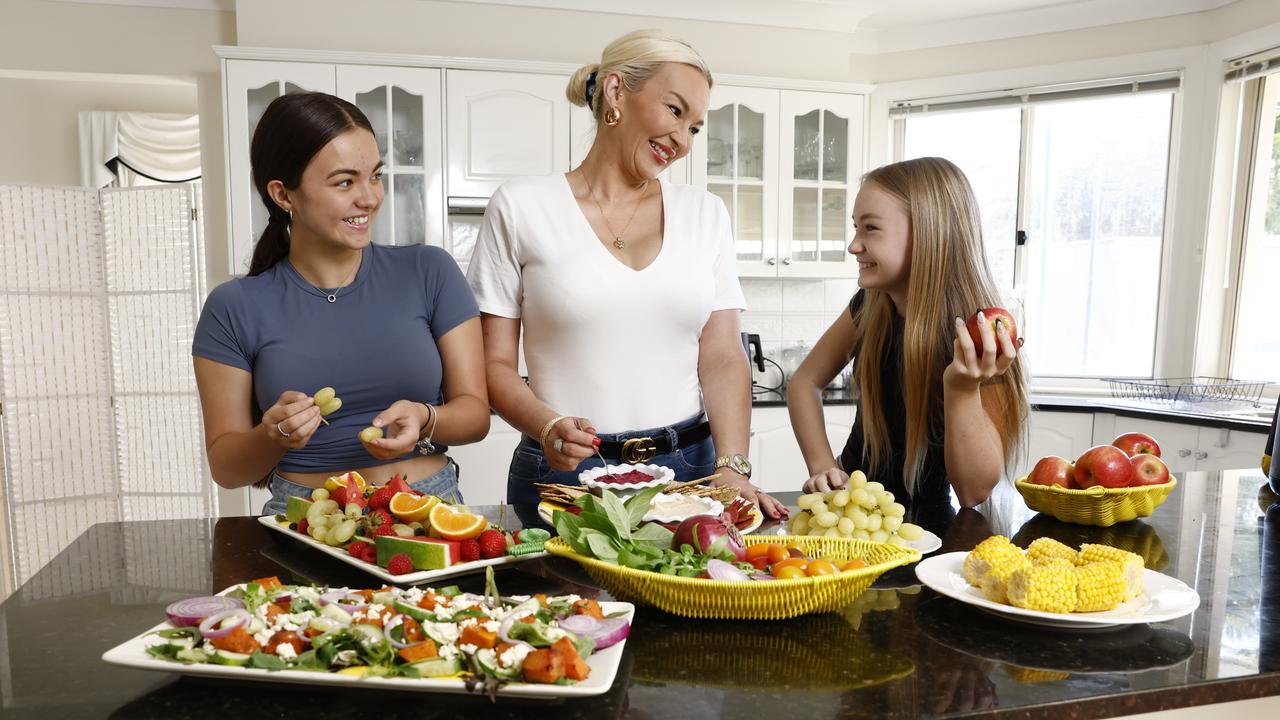
The Smith Family’s Learning For Life program gives low-income families between $478 and $772 a year for school supplies, something Kate said has changed her kids’ lives.
“If it wasn’t for the Smith Family, my kids wouldn’t even have proper uniforms … (Anika) was going in the plain-coloured clothes you get from Big W,” she said.
“My daughter used to come home and ask me, ‘why don’t I have a school uniform like everyone else?’ It would make me feel quite upset … but now she feels like she belongs at the school.”
POLL
GLOSSARY
- priced out: missing out on something because you can’t afford it
- cost-of-living pressures: when the price of essential items like food, electricity and housing goes up quickly and it becomes difficult to afford them
- retailer: seller or shop
- extra-curricular: outside of school
- sports psychologist: a health professional that addresses the mental health issues of athletes and studies how the mind can affect sports performance
- financial backgrounds: how much money families have, including the amount of income they receive from working
- pipeline: the progress of young athletes as they get better over time in order to eventually compete in the Olympics
- luxury: something you don’t need but are willing to pay for because it brings you enjoyment
EXTRA READING
Paris Olympic update: Day 5
Bluey for Brisbane Games mascot?
Training fall won’t slow Chloe’s roll
QUICK QUIZ
1. Why are fewer kids playing Olympic sports?
2. What does this mean for future generations of Olympic athletes?
3. What daily living costs have gone up recently?
4. What school costs are families having trouble paying for?
5. How is the Smith Family helping people who are struggling to afford school costs?
LISTEN TO THIS STORY
CLASSROOM ACTIVITIES
1. What Can be done?
What are the three most important issues or problems in the story? Write them in order of how important they are. Next to each problem or issue, write a sentence explaining why you chose it. Then write sentences explaining what you think could be done to help solve the problem or to help people affected by this.
Time: allow at least 25 minutes to complete this activity
Curriculum Links: English, Personal and Social Capability, Civics and Citizenship
2. Extension
What are the other benefits, apart from having future Olympians, of helping all kids to be involved in sports and other extra-curricular activities? Write a list of as many benefits as you can think of.
Time: allow at least 20 minutes to complete this activity
Curriculum Links: English, Health and Physical Education, Personal and Social Capability
VCOP ACTIVITY
Feeling the strain!
With so many families feeling the strain of rising costs and lower incomes, creativity for cost-saving strategies is on the rise.
What can you suggest families could do to try and make their money go further, without children missing out on things like sports lessons, uniforms, sports equipment and more?
Come up with three ideas that families could try and implement to save money.
Discuss with a classmate and think about the logistics of your ideas.
Do you need to adjust any of your ideas to make them more suitable, inclusive, or achievable?


